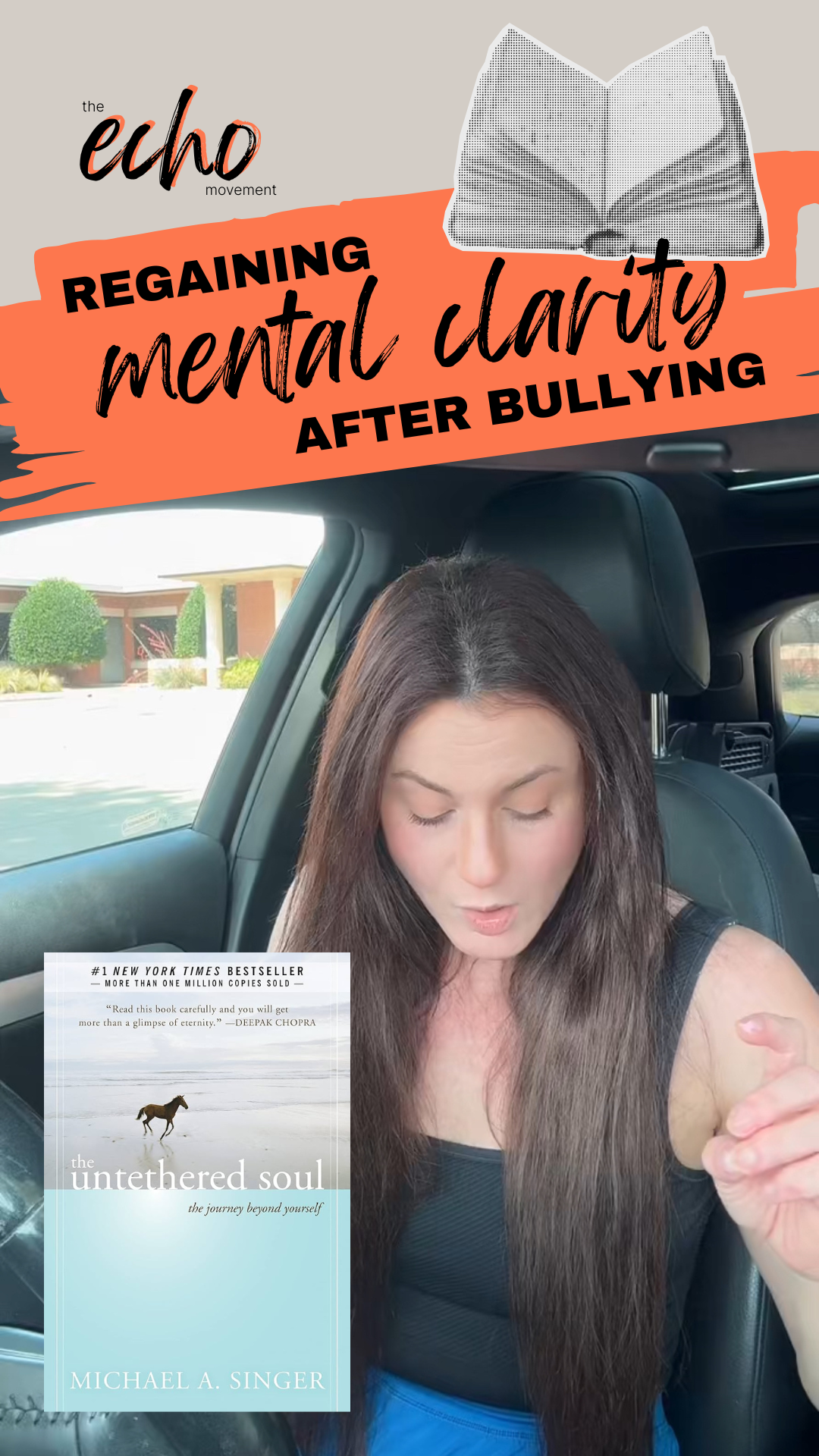Why Separation Escalates Abuse
Most people think abuse ends when you leave. The truth? Separation is often the most dangerous time.
Research shows:
- Women who are separated but not yet divorced are 30 times more likely to experience violence from a former partner (Brownridge, 2006).
- 77% of domestic violence homicides happen during or shortly after separation (BWSS).
Related: Coercive Control
Isolation as a Bullying Tactic
Isolation is one of the oldest and most dangerous tactics bullies and abusers use. By cutting someone off from friends, family, or community, they strip away support and make their target easier to control.
And this doesn’t just happen in romantic relationships. Isolation is also common in toxic family dynamics and toxic friendships. Just like relational bullying, it silences, punishes, and disempowers.
Related: Relational Bullying
Why Isolation Is Abuse
Isolation isn’t the same as being alone. It’s about control. Survivors are left vulnerable, silenced, and unsupported, exactly as the abuser intends. That’s why so many survivors face the highest risk during or right after leaving.
Related: Emotional Bullying
Why Isolation Shows How Broken Our System Is
Separation should mean safety… but in America, it often means danger. With 77% of domestic violence homicides happening during or after separation, it’s clear our systems fail survivors when they need protection most. Whether in relationships, families, or workplaces, isolation thrives because institutions minimize it until it’s too late.
Let’s make an echo that says: isolation isn’t loneliness — it’s abuse, and it’s time we treat it like the crisis it is.






